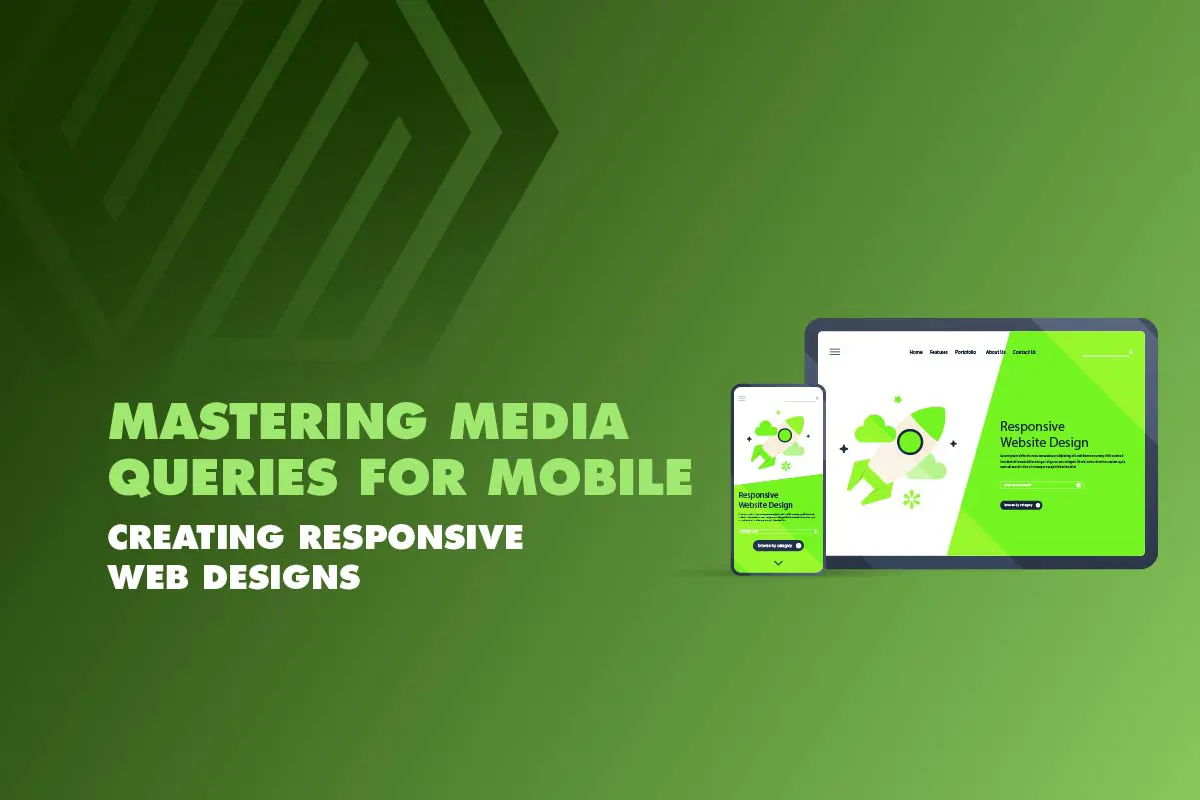In today’s mobile-centric world, websites must deliver a seamless user experience across different devices. Optimizing websites for mobile devices has become essential with the increasing number of mobile users. One powerful tool that aids in achieving mobile responsiveness is CSS media queries. In this article, we will explore the concept of media queries for mobile and how they can be used to create a mobile-friendly CSS design.
Understanding Media Queries for Mobile
Media queries are a fundamental component of responsive web design, enabling the adaptation of a website’s layout and styling based on the device’s characteristics. When it comes to mobile media queries, they specifically target mobile devices, ensuring that the website looks and functions optimally on smaller screens.
Benefits of Using Media Queries for Mobile
Implementing media queries for mobile offers several benefits for users and website owners. These include:
Enhanced User Experience
By adapting the website’s layout and styling to fit different screen sizes, users can easily navigate and consume content on mobile devices, resulting in a positive user experience.
Increased Mobile Traffic
With a mobile-responsive design, your website will likely rank higher in mobile search results, increasing mobile traffic and potential conversions.
Cost and Time Efficiency
Instead of creating separate websites or mobile apps, using media queries allows you to maintain a single codebase for different devices, reducing development time and costs.
Implementing Media Queries for Mobile
To target mobile devices effectively, we need to define appropriate media queries within our CSS code. Here’s a step-by-step guide to implementing media queries for mobile:
Start with the viewport meta tag
Add the following meta tag within the <head> section of your HTML document:
<meta name="viewport" content="width=device-width, initial-scale=1.0">This tag ensures that the browser renders the page based on the device’s width and sets the initial zoom level accordingly.
Specify the media query syntax
Media queries use the @media rule followed by the target device or feature. To target mobile devices specifically, we can use the max-width property. For example:
@media only screen and (max-width: 768px) {
/* CSS rules for mobile devices */
}
In the above example, any CSS rules inside the media query will apply only if the screen width is 768 pixels or less.
Adjusting layout and typography
When designing for mobile devices, it’s crucial to optimize the layout and typography for smaller screens. Use relative units like percentages and ems to ensure that elements adapt smoothly across different devices. You can also hide or reposition certain elements to make the most of the limited-screen real estate.
Handling images
Mobile devices often have slower internet connections and smaller screens, making it important to optimize image sizes and resolutions. Consider using the max-width property on images to ensure they scale proportionally within their containers.
Testing and refining
To ensure the effectiveness of your media queries, it’s essential to test your website on various mobile devices and screen sizes. Use browser developer tools or online emulators to simulate different devices and resolutions. Make adjustments as needed to achieve a consistent and visually appealing experience.
Common CSS Media Queries for Mobile
While media queries provide flexibility to target specific device characteristics, some are commonly used media queries for mobile devices. These include:
- @media (max-width: 480px): Targets mobile phones with a maximum width of 480 pixels.
- @media (min-width: 481px) and (max-width: 768px): Targets tablets and smaller-sized screens, commonly referred to as “phablets.”
- @media (min-width: 769px) and (max-width: 1024px): Targets larger-sized tablets and small desktop screens.
- @media (min-width: 1025px): Targets larger desktop screens and beyond.
Understanding and utilizing these common media queries can help you create a responsive design that caters to a wide range of mobile devices.
Conclusion
With the rise of mobile internet usage, ensuring a mobile-friendly website has become necessary. CSS media queries offer a powerful way to adapt the layout and styling of a website to different mobile devices. Developers can create visually appealing and user-friendly mobile designs by following best practices and utilizing breakpoints effectively. Embracing mobile responsiveness with CSS media queries will enhance the user experience and improve your website’s overall success in the mobile-driven era.
By implementing mobile media queries in CSS, you’ll be well on your way to mastering mobile responsive design and catering to the ever-growing number of mobile users.

